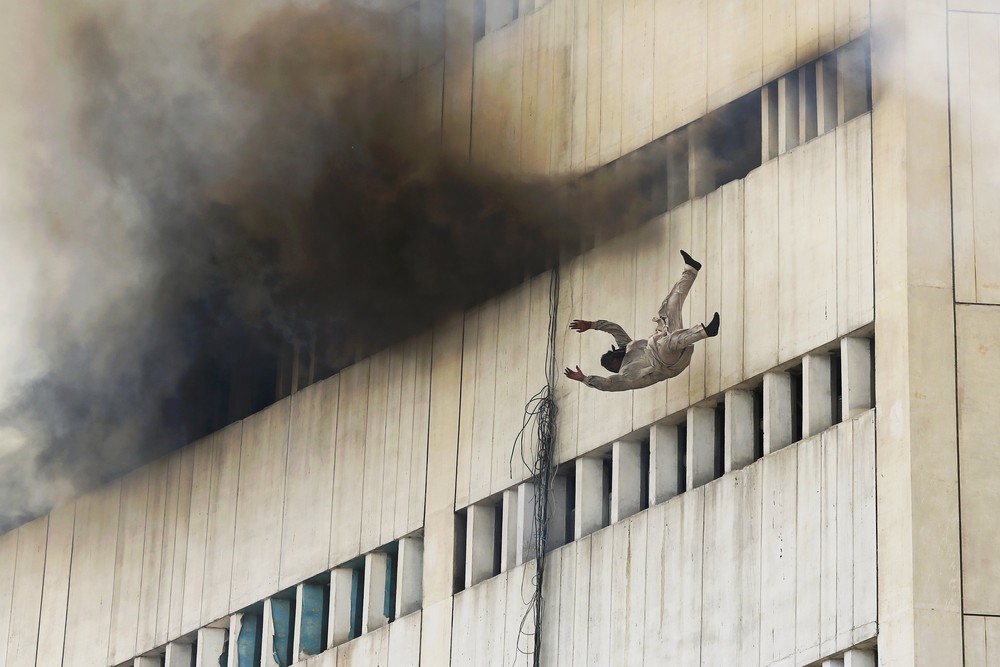Lead Article
Causation versus Liability in Personal Injury Litigation

It is best to be clear at the outset. Your orthopaedic expert can definitely assist you in determining the presence or otherwise of causation. Conversely, liability is strictly in the legal domain and its analysis is best left to you.
There are several important ingredients required to assess the presence or otherwise of a causal link between an alleged incident and an orthopaedic outcome. They include the gleaning of a thorough history, the performance of a complete physical examination, reviewing ancillary investigations and ultimately making a diagnosis. Once that point has been reached, it is then possible to retrace the steps and provide an opinion on whether or not the alleged incident could be responsible for that diagnosis or clinical outcome.
Motor Vehicle Accident
Some examples make it easy to understand. Let us assume that a patient has been a seated driver in a stationary motor vehicle which was struck from behind. The offending following vehicle barely touched the plaintiff’s vehicle. The plastic cover over one of the tail lights was broken, but only just. Since it did have a minor crack, it was replaced at a total cost of $84 including GST and labour. The plaintiff did not lose consciousness, was not trapped within the cabin of the vehicle, did not note that the seat in which he was seated was broken and was able to drive the vehicle from the scene of the accident for a distance of 1,000km on that same day to another city in a different State. He never, ever sought any medical assistance as a result of alleged injuries. He has subsequently claimed however that he sustained fractures of both femora, both tibiae and both fibulae in the accident. That is to say, all six long bones in both lower limbs were fractured. He required multiple operative interventions, prolonged hospitalisation and expensive and protracted rehabilitation.
Blind Freddy could see that there is no link between the accident that has been described and these subsequently produced, overwhelming orthopaedic injuries. Whilst the exact cause of those serious injuries is uncertain, it can be stated with authority that they did not occur in the subject accident.
Fall from a Building Site
At the other end of the spectrum, let us assume that this same plaintiff fell from the seventh storey of a central business district high rise. He landed in an upright position on the concrete pavement below. The event was witnessed, he required life-saving resuscitation at the scene, he was transported to a local major hospital and underwent complex orthopaedic surgery aimed at stabilising fractures in all bones in both lower limbs. Whilst stranger things have probably happened in the world, it would be a reasonable assumption to attest to causation between the fall and the injuries in this particular instance.
The Difficult Middle Ground
Unfortunately, most personal injury claims and allegations of medical negligence fall somewhere between these two obvious extremes. It is more difficult to be certain about causation. From your legal perspective, it is best if your expert can provide a definitive opinion. Either the causal link exists, or it does not. It is helpful for all concerned if your orthopaedic expert can nail his colours to the masthead.
Occasionally, it is not possible to be definitive with the opinion and in those circumstances, differing options for interpretation should be offered for the Court by way of assistance. Clarity of opinion from the expert and confidence in the ultimate outcome are directly proportional.
Be sure that your expert is clear.
